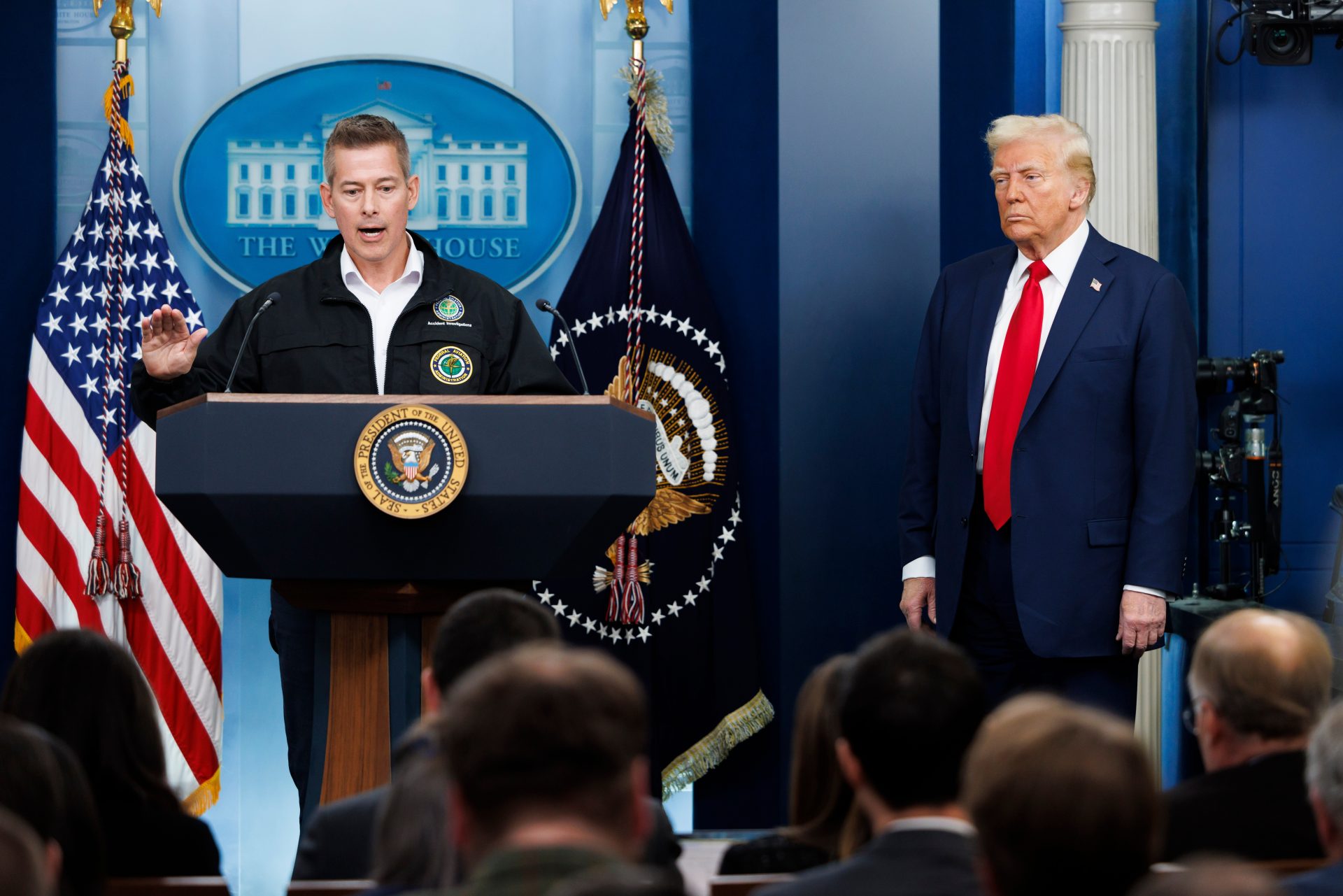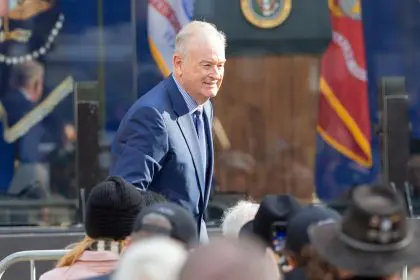President Donald Trump delivered another unexpected political move Wednesday by tapping Transportation Secretary Sean Duffy to serve as interim administrator of NASA, filling a leadership vacuum that has left America’s space agency in limbo for weeks. The appointment comes after Trump dramatically withdrew his nomination of tech billionaire Jared Isaacman amid concerns about political affiliations and potential conflicts of interest.
Trump announced the decision on his Truth Social platform, praising Duffy’s work on modernizing the country’s air traffic control system. The president emphasized that Duffy would serve as a temporary leader for what he called the “ever more important Space Agency,” though the duration of this interim appointment remains unclear.
The appointment represents a significant shift in Trump’s approach to NASA leadership, moving away from the commercial spaceflight sector toward a more traditional government administrator. Duffy brings extensive experience in transportation infrastructure but lacks the space industry background that characterized Trump’s previous nominee.
1. Isaacman nomination ends in dramatic fashion
The road to Duffy’s appointment began with the controversial withdrawal of Jared Isaacman’s nomination on May 31. The 42-year-old online payments entrepreneur had emerged as a leading figure in commercial spaceflight through his high-profile collaborations with Elon Musk’s SpaceX, including becoming the first private astronaut to conduct a spacewalk.
Trump’s initial enthusiasm for Isaacman soured when he discovered the nominee’s political background. The president expressed surprise about Isaacman’s Democratic Party affiliation, noting that the billionaire had never contributed to Republican candidates before his NASA nomination.
The withdrawal highlighted Trump’s concerns about potential conflicts of interest within his administration. The president specifically cited the inappropriate nature of appointing someone with close ties to Musk to lead an agency that plays a significant role in SpaceX’s business operations.
2. Musk relationship creates complications
The Isaacman situation became more complex due to the evolving relationship between Trump and Elon Musk. The SpaceX founder had been deeply involved in Trump’s administration as head of the cost-cutting “Department of Government Efficiency,” earning him significant influence over government operations.
However, the relationship between Trump and Musk deteriorated significantly over disagreements about domestic policy initiatives. Their public falling out created additional complications for any NASA nominee with close ties to the tech mogul, making Isaacman’s position increasingly untenable.
The breakdown of the Trump-Musk partnership has broader implications for NASA’s future, particularly regarding the agency’s relationship with commercial space companies. SpaceX remains a crucial contractor for NASA missions, but the political dynamics may affect how these partnerships develop.
3. Duffy brings transportation expertise
Sean Duffy‘s background centers on transportation infrastructure rather than space exploration, representing a departure from recent NASA administrator profiles. His experience as Transportation Secretary includes overseeing aviation systems, which provides some relevant knowledge for space agency operations.
The appointment suggests Trump values administrative competence and political loyalty over specialized space industry experience. Duffy’s work on modernizing air traffic control systems demonstrates his ability to manage complex technological infrastructure projects.
As interim administrator, Duffy will need to quickly familiarize himself with NASA’s diverse mission portfolio, from human spaceflight programs to robotic space exploration and Earth science research. The learning curve will be steep given the technical complexity of space operations.
4. NASA faces uncertain leadership future
The interim nature of Duffy’s appointment leaves NASA’s long-term leadership unclear during a critical period for American space exploration. The agency is working toward returning astronauts to the moon through the Artemis program while managing various Mars exploration initiatives and international space station operations.
NASA employees and contractors may feel uncertain about the agency’s direction without permanent leadership. Major policy decisions and program priorities often require consistent leadership to maintain momentum and stakeholder confidence.
The space agency needs stable leadership to navigate relationships with commercial partners, international collaborators, and Congress. Interim appointments can limit an administrator’s ability to make long-term commitments and strategic decisions.
5. Political implications for space policy
Trump’s handling of the NASA administrator position reflects broader themes in his approach to government appointments. The emphasis on political loyalty and concerns about conflicts of interest demonstrate his priorities for key administration roles.
The situation also highlights the increasingly political nature of space policy decisions. Commercial space companies have become major players in government contracting, creating potential conflicts between business interests and public service.
Congress will likely scrutinize Duffy’s qualifications and NASA’s leadership situation as they consider space agency budgets and program authorizations. The interim appointment may face questions about long-term strategic planning and program continuity.
The NASA administrator position remains one of the most visible science and technology roles in government, making the appointment process politically significant. Trump’s ultimate choice for a permanent administrator will signal his administration’s priorities for America’s space program and its relationship with the growing commercial space industry.
















